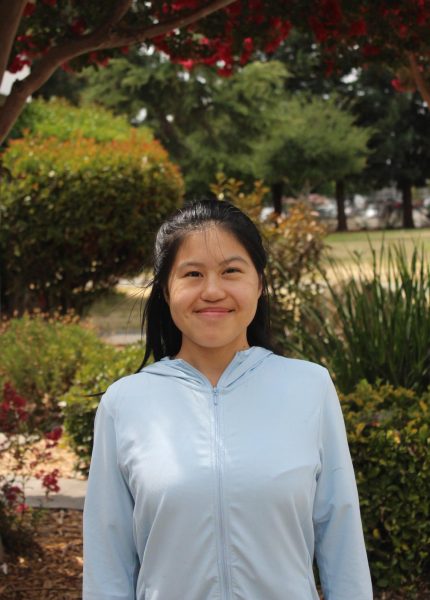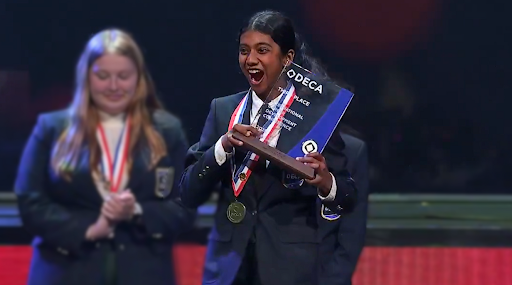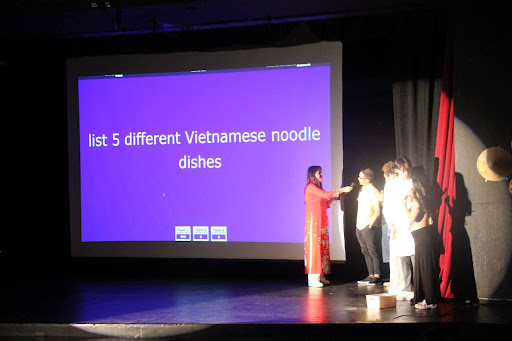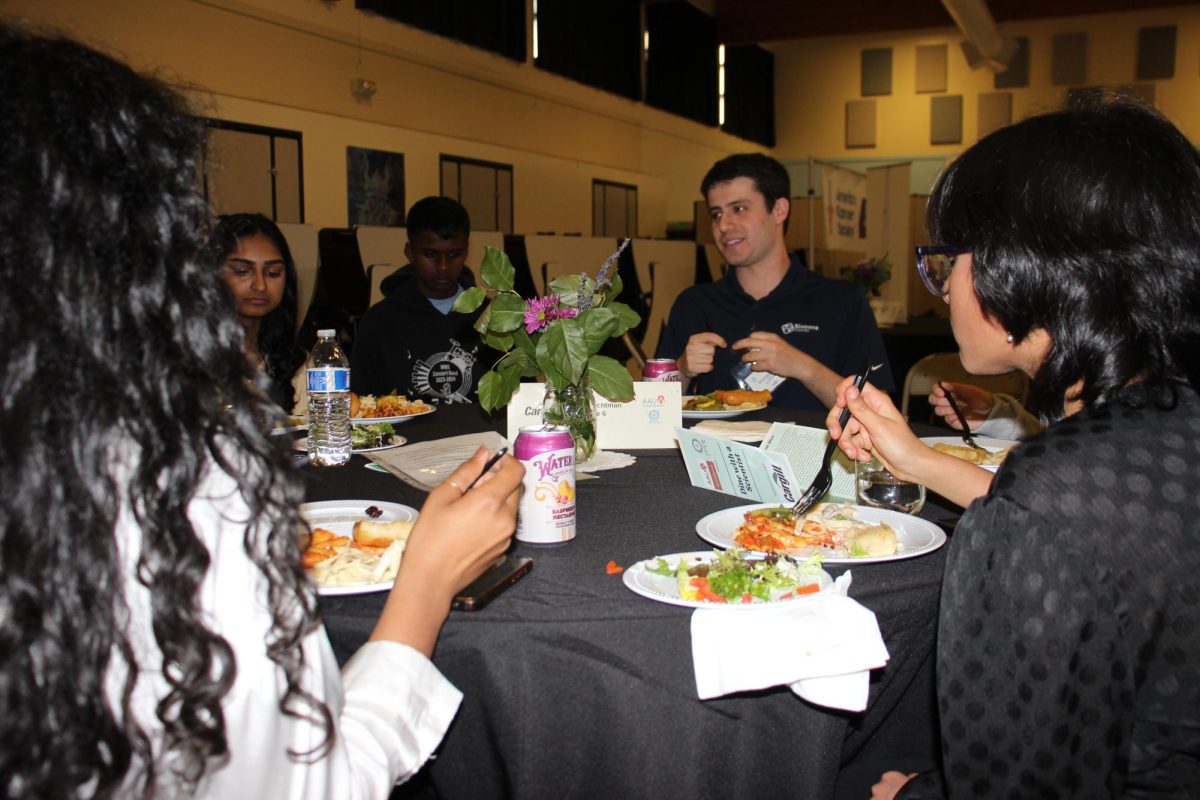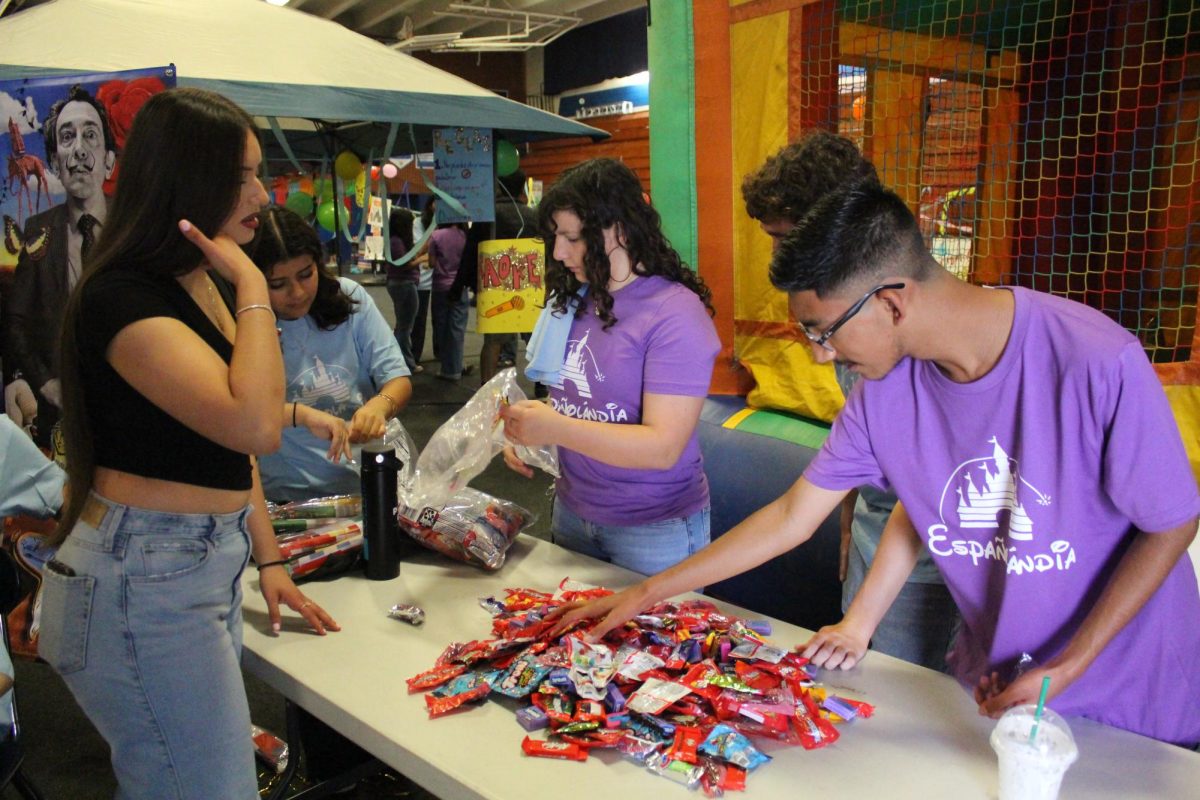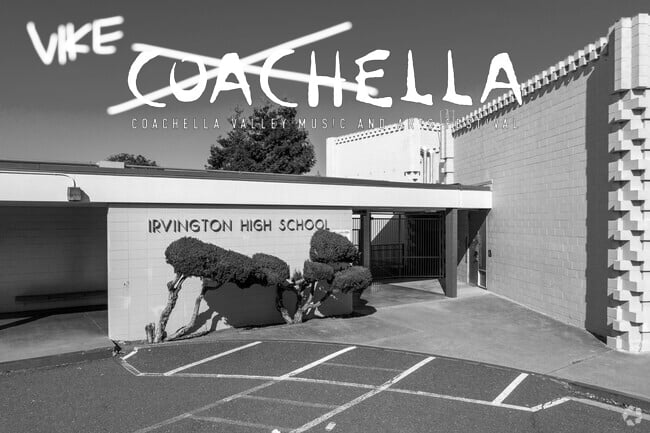Irvington’s once-a-semester Club Rush, organized by ASG, occurred on October 30th, an eventful experience for both clubs and attendees. The Rush has been a longstanding Irvington tradition, now with a new implemented ticket system for buying food (meant to better track cash flow). It has not changed much over the years.
The process to organize the Rush began in September.
“The main things that we needed to do were to make a google form for clubs to submit how many officers they’re going to need, what food they’re selling. And we had to enforce some rules, such as only two clubs can sell the same food or drink, ” said Tanay Raote (11), Clubs Director at ASG.
Although there were occasionally issues with the process, especially with deadlines being missed, the process was overall smooth. “We ran out of tickets for people to get, and we only have 20 tables to give to clubs, and some clubs were assigned to tables and some weren’t. Some clubs just took tables,” said Raote. The main issue was guiding clubs through the new purchasing system, as well as making a new submission system for purchase approvals as well.
Alison Tan (11) has been an attendee of Club Rush since her freshman year, and believes that the environment of the rush remains “bustling” as always.
“It hasn’t changed much over the years, which is nice, because you get to see all the different clubs on campus at the same time. The club next to Key Club had a really nice spin the wheel activity, and it attracted me.”
It is likely that Club Rush will remain as a tradition for Irvington, functioning as a way for clubs to get both funding and attention from the wider student population. Each club can typically expect to gain 50-100 dollars per Rush, and an equally significant amount of larger student awareness.
Sahil Mehta (11), President of the Childhood Cancer Crusaders, a club dedicated to raising funds for pediatric cancer awareness, says, “For this club rush our club probably reached 78 people, which is amazing, because for childhood cancer, all the awareness we can get is important.”
Despite some natural mistakes, Mehta believes ASG performed their job well. The choice of food served at the club rush was essential. “I really wanted it to be something unique. My priority was doing something other clubs are not doing. So that’s why I decided on nachos.”
Other clubs organized an assortment of foods– cake, boba, chips, and more. For the Childhood Cancer Crusaders, all revenue from the club rush (and their other club endeavors) goes directly to cancer patients and nonprofit organizations. For other booths, their revenue goes to personal club projects.
“The money goes into [the clubs’] accounts, and then they get to choose however they want to spend it.” Raote explains. “They just have to submit a purchase approval first.”
Overall, the Club Rush event went smoothly, with both clubs and attendees having a good time. There was a substantial amount of revenue gained for the 20+ clubs that participated, and an ample assortment of food for the dozens of students. Like other school Club Rushes in the past, the event was overall well-managed. Although there have been small changes to the procedure of organizing the Club Rush, it has remained almost identical to Club Rushes in the past, carrying on the Irvington tradition.


